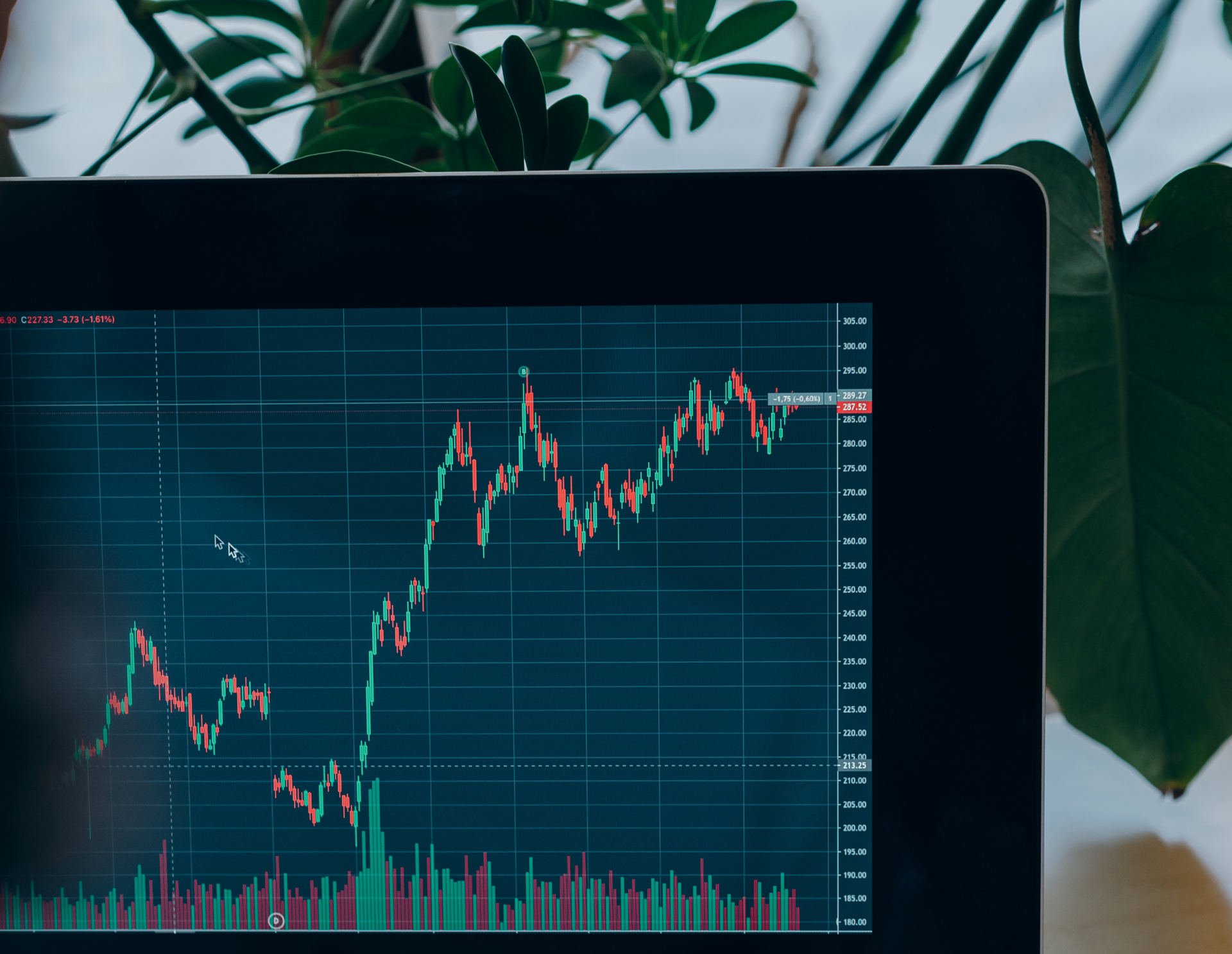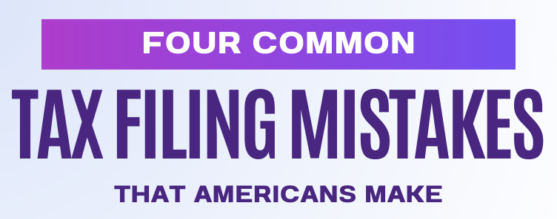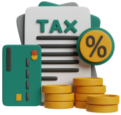The Watch List
Here at Minich MacGregor Wealth Management, our team has a “watch list” of economic factors, market data, and ongoing storylines that we keep an eye on. Sometimes, we move some items up or down on the list, depending on the impact we expect them to have on the markets. By doing this, we can ensure that you stay current with what’s going on.
Recently, a few items have dominated our watch list that we want to update you on. While the markets have had a good year overall – the S&P 500 gained 10.2% in the first quarter alone1 – they were somewhat more volatile in April. That’s largely due to three factors: GDP, inflation, and what both mean for interest rates. So, with your April statement soon to be in your hands, we figured it was a good time to explain how these factors are affecting the markets.
Let’s start with GDP, or gross domestic product. GDP is the value of all the goods and services produced in a given period. Typically, a rising GDP indicates a healthy, growing economy. Here in the U.S., GDP growth has been positive for seven consecutive quarters. In fact, on April 25, the U.S. Bureau of Economic Analysis reported that the economy grew by 1.6% in the first quarter of the year.2 But then a funny thing happened. When the news came out, the markets promptly slid.
Now, at first glance, this might seem counterintuitive. After all, isn’t the economy growing a good thing? If so, wouldn’t the markets go up on that news?
The daily movement of the markets is always driven by a variety of factors. In mathematics, we know that 1+1 always equals 2. In physics, we know that e=mc2. (Don’t ask us to explain why, though.) But the markets are not governed by consistent laws. They are driven by data, yes, but also by the context surrounding that data…and by the emotions that context provokes.
In this case – and likely for the near future – there is a lot of context to consider when trying to parse any economic data. In this case, the context is as follows:
While the economy expanded in Q1, that growth was much lower than economists thought it would be. Most had forecast the nation’s GDP – the value of all the goods and services produced in a given period – would rise by around 2.4%, not 1.6%.2 And the Atlanta Fed had estimated a 2.7% gain.3
This disparity between forecast and results was largely due to lower consumer spending. While spending did increase in Q1, to the tune of 2.5%, this was also lower than economists estimated.2 A small decrease in exports and a slight increase in imports also dragged GDP down for the quarter.
That brings us to the second factor, inflation. On the same day as the most recent GDP report, the BEA also reported new data suggesting inflation may remain “sticky” for the foreseeable future. The Personal Consumption Expenditures (PCE) price index, which measures the change in the prices of goods and services purchased by all consumers in the U.S., rose by 3.4% in Q1. That’s a big jump from the 1.8% mark we saw in Q4 of 2023.2
Normally, the fact that the economy grew at all would still be cheered by investors, if for no other reason than what it might mean for the third factor: interest rates. As you know, the Federal Reserve has kept rates elevated for the past two years to help bring down inflation. Since higher rates typically lead to less borrowing and lower spending, they are effective at cooling prices down. But when the rate hikes began, many experts thought they would also cause the economy to decline.
So far, that hasn’t happened. So, investors figured that lower inflation, combined with a strong economy, would prompt the Fed to start lowering rates in the spring or early summer. (This expectation is one of the main reasons the stock market has performed so well over the last year.) But with inflation trending higher again, it’s now unlikely the Fed will cut rates anytime soon.
For investors, though, all this data suggests a new potential problem: stagflation.
While inflation is never easy, the pain has been cushioned somewhat by the fact that our economy has continued to grow at a healthy rate. But what if prices remain high while growth becomes stagnant? That’s stagflation. It’s rare, and to be clear, we’re still a long way from that. But Q1’s lower-than-expected GDP, combined with an uptick in inflation, now makes it a possibility our team has added to our “things to watch” list.
So, what does this mean going forward? Well, it’s important to remember that, while the markets move around like a motorboat, affected by every rock and wave, the overall economy turns like an aircraft carrier. The data we see from one quarter may not make its true effects known for months to come. So many outcomes are still in play. The economy may slow just enough to bring down inflation without stopping altogether. (That would be the Fed’s preference.) On the other hand, new factors may lead to the economy accelerating again in Q2 or Q3 while also keeping prices high. (In other words, a continuation of the status quo.)
It’s impossible to predict which way the ship will go. But what we can do is track which way the markets are trending now and then follow the rules we’ve established for your portfolio. If our signals indicate we should be offensive and look for opportunities, we’ll do that. If they indicate it’s time to play defense and focus on preserving your money, we’ll do that. In the end, it’s these rules and signals that will govern our decisions…not parsing every economic report, and certainly not emotion.
As always, our team will keep you apprised of what’s going on in the markets and why. We are constantly monitoring the items on our watch list and will continue to do so. So, if you ever have any questions or concerns, we are always here to address them. Have a great week!
1 “Stocks close out 2023 with a 24% gain,” CBS, www.cbsnews.com/news/stock-market-up-24-percent-2023-rally/
2 “GDP growth slowed to a 1.6% rate in the first quarter,” CNBC, www.cnbc.com/2024/04/25/gdp-q1-2024-increased-at-a-1point6percent-rate.html
3 “Stagflation fears just hit wall Street,” CNN Business, www.cnn.com/2024/04/26/investing/premarket-stocks-trading-pce-stagflation/index.html









